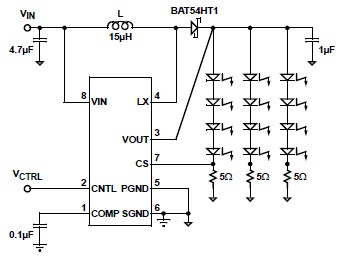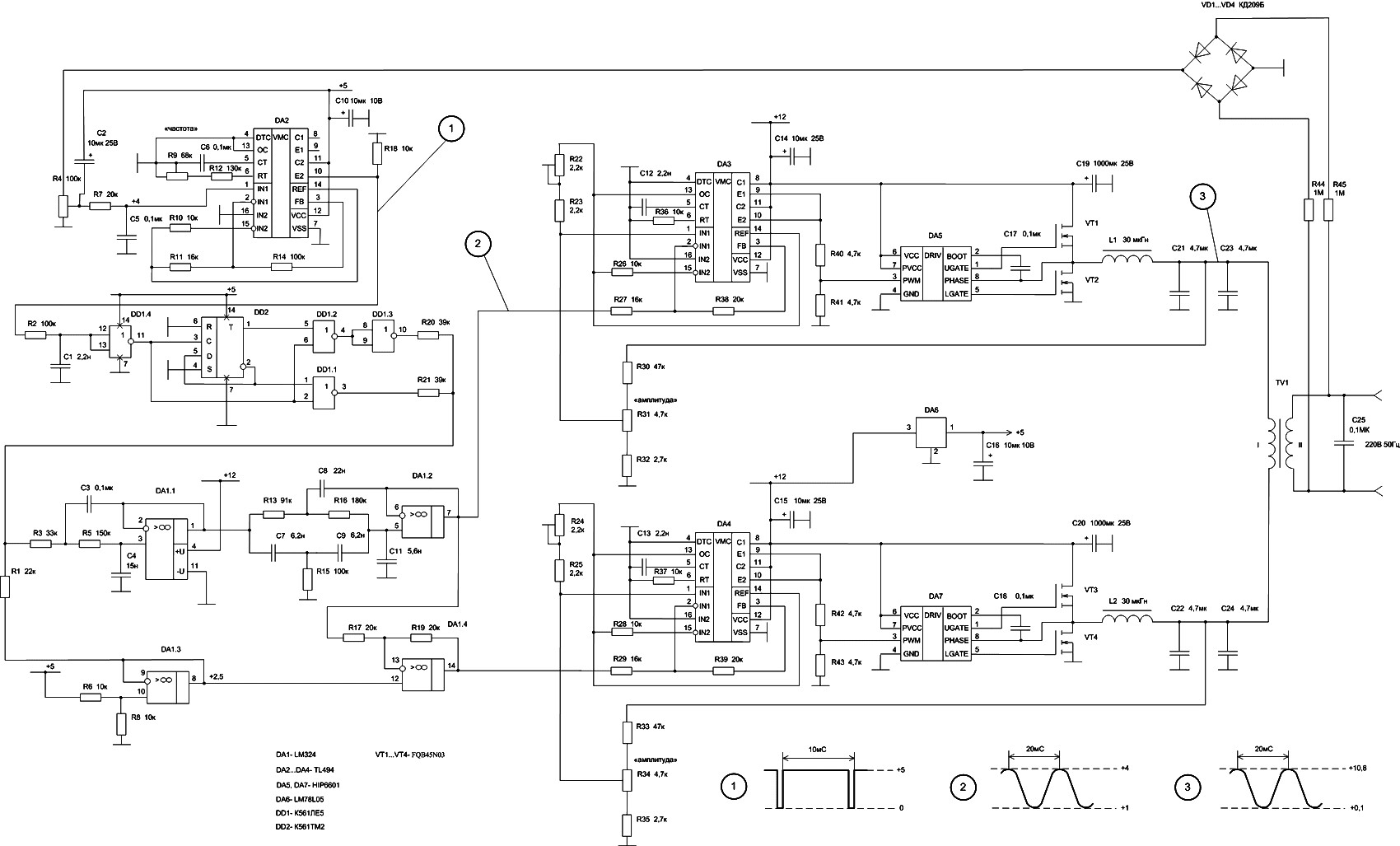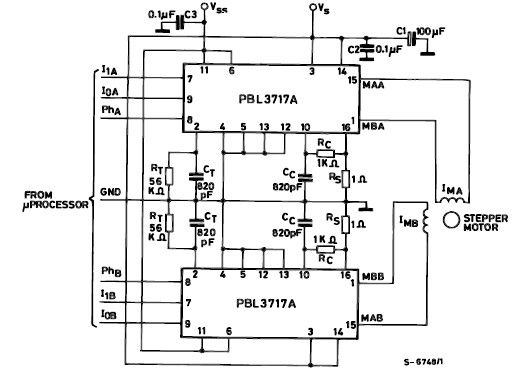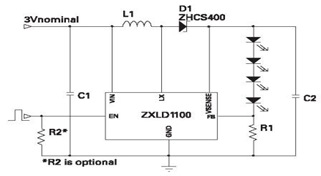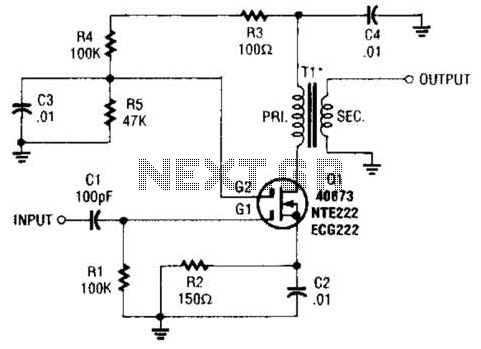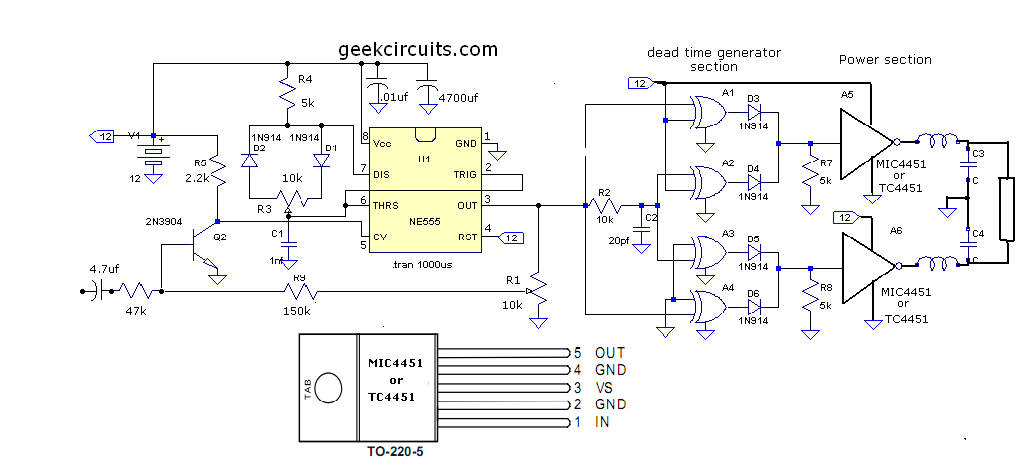
Full Bridge Inverter with MOSFET and IR2110 gate driver

Assistance is required for a final year project involving the design of a grid-connected inverter. The focus is on developing a full bridge inverter circuit.
The grid-connected inverter is a crucial component in renewable energy systems, particularly in solar photovoltaic (PV) applications, where it converts the direct current (DC) generated by solar panels into alternating current (AC) that can be fed into the electrical grid. The full bridge inverter configuration is favored for its efficiency and ability to provide a high-quality output waveform.
In a full bridge inverter circuit, four switches (typically MOSFETs or IGBTs) are arranged in a bridge configuration. The operation involves alternating the conduction states of these switches to produce the desired AC output voltage. The control strategy is essential for achieving a sinusoidal output waveform and maintaining grid synchronization. Techniques such as pulse width modulation (PWM) are commonly employed to regulate the output voltage and frequency.
The inverter must also include protective features such as overcurrent protection, voltage clamping, and thermal management to ensure reliable operation. Additional components such as inductors and capacitors may be incorporated to filter the output waveform and reduce harmonic distortion.
Furthermore, the inverter should be designed to comply with grid connection standards, which may include requirements for anti-islanding protection, power factor correction, and maximum power point tracking (MPPT) to optimize energy harvesting from the solar panels.
Overall, the design of a grid-connected full bridge inverter involves a careful selection of components, control strategies, and protective measures to ensure efficient and safe integration with the electrical grid.This is my first post here, i need help on my final year project to make a grid connected inverter. For the full bridge inverter circuit i planned to.. 🔗 External reference
The grid-connected inverter is a crucial component in renewable energy systems, particularly in solar photovoltaic (PV) applications, where it converts the direct current (DC) generated by solar panels into alternating current (AC) that can be fed into the electrical grid. The full bridge inverter configuration is favored for its efficiency and ability to provide a high-quality output waveform.
In a full bridge inverter circuit, four switches (typically MOSFETs or IGBTs) are arranged in a bridge configuration. The operation involves alternating the conduction states of these switches to produce the desired AC output voltage. The control strategy is essential for achieving a sinusoidal output waveform and maintaining grid synchronization. Techniques such as pulse width modulation (PWM) are commonly employed to regulate the output voltage and frequency.
The inverter must also include protective features such as overcurrent protection, voltage clamping, and thermal management to ensure reliable operation. Additional components such as inductors and capacitors may be incorporated to filter the output waveform and reduce harmonic distortion.
Furthermore, the inverter should be designed to comply with grid connection standards, which may include requirements for anti-islanding protection, power factor correction, and maximum power point tracking (MPPT) to optimize energy harvesting from the solar panels.
Overall, the design of a grid-connected full bridge inverter involves a careful selection of components, control strategies, and protective measures to ensure efficient and safe integration with the electrical grid.This is my first post here, i need help on my final year project to make a grid connected inverter. For the full bridge inverter circuit i planned to.. 🔗 External reference
